Newbon, John James
Killed in Action 1943-08-18


Birth Date: unkown date
Born:
Home:
Enlistment:
Enlistment Date: Unknown
Service
RAFVR
Unit
419 (B) Sqn- Squadron
Moosa Aswayita Beware of Moose
Base
RAF Middleton St George
Rank
Sergeant
Position
Sergeant
Service Numbers
1084684
Target
 Peenemunde Germany
Peenemunde Germany
First Burial
 Greifswald Cemetery, Germany, near crash site
Greifswald Cemetery, Germany, near crash site
Halifax B/GR.Mk.II JD158
Bombing Peenemunde Germany 1943-August-17 to 1943-August-18
419 (B) Sqn (RCAF) Middleton St. George
Battle of Berlin
596 aircraft - 324 Lancasters, 218 Halifaxes, 54 Stirlings. This was the first raid in which 6 (Canadian) Group operated Lancaster aircraft. 426 Squadron dispatched 9 Mark II Lancasters, losing 2 aircraft including that of the squadron commander, Wing Commander L. Crooks, D.S.O., D.F.C., an Englishman, who was killed
This was a special raid which Bomber Command was ordered to carry out against the German research establishment on the Baltic coast where V-2 rockets were being built and tested. The raid was carried out in moonlight to increase the chances of success. There were several novel features. It was the only occasion in the second half of the war when the whole of Bomber Command attempted a precision raid by night on such a small target. For the first time, there was a Master Bomber controlling a full-scale Bomber Command raid; Group Captain J, I·I. Searby, of 83 Squadron, 8 Group, carried out this task. There were three aiming points ~, the scientists and workers living quarters, the rocket factory and the experimental station and the Pathfinders employed a special plan with crews designated as 'shifters', who attempted to move the marking from one part of the target to another as the raid progressed. Crews of 5 Group, bombing in the last wave of the attack, had progressed the 'time and distance' bombing method as an alternative for their part of the raid.
The Pathfinders found Peenumunde without difficulty in the moonlight and the Master Bomber controlled the raid successfully throughout. A Mosquito diversion to Berlin drew off most of the German night-fighters for the first 2 of the raid's 3 phases. Unfortunately, the initial marking and bombing fell on a labour camp for forced workers which was situated rt miles south of the first aiming point, but the Master Bomber and the Pathfinders quickly brought the bombing back to the main targets, which were all bombed successfully. 560 aircraft dropped nearly ,800 tons of bombs; 85 per cent of this tonnage was high-explosive. The estimate has appeared in many sources that this raid set back the V-2 experimental programme by at least 2 months and reduced the scale of the eventual rocket attack. Approximately 180 Germans were killed at Peenemiinde, nearly all in the workers' housing estate, and 500,600 foreigners, mostly Polish, were killed in the workers' camp, where there were only flimsy wooden barracks and no proper air-raid shelters..
Bomber Command's losses were 40 aircraft- 23 Lancasters, 15 Halifaxes and 2 Stirlings. This represents 6·7 per cent of the force dispatched but was judged an acceptable cost for the successful attack on this important target on a moonlit night. Most of the casualties were suffered by the aircraft of the last wave when the German night fighters arrived in force; the groups involved in this were 5 Group, which lost 17 of its 109 aircraft on the raid (14·5 per cent) and the Canadian 6 Group which lost 12 out of 57 aircraft (19·7 per cent). This was the first night on which the Germans used their new schrage Musik weapons; these were twin upward-firing cannons fitted in the cockpit of Me 110s. Two schrage Musik aircraft found the bomber stream flying home from Peenemtinde and are believed to have shot down 6 of the bombers lost on the raid
source: The Bomber Command War Diaries, Martin Middlebrook and Chris Everitt
Halifax JD158
Handley Page Halifax

The Handley Page Halifax is a British Royal Air Force (RAF) four-engined heavy bomber of the Second World War. It was developed by Handley Page to the same specification as the contemporary twin-engine Avro Manchester.
The Halifax has its origins in the twin-engine HP56 proposal of the late 1930s, produced in response to the British Air Ministry's Specification P.13/36 for a capable medium bomber for "world-wide use." The HP56 was ordered as a backup to the Avro 679, both aircraft being designed to use the underperforming Rolls-Royce Vulture engine. The Handley Page design was altered at the Ministry to a four-engine arrangement powered by the Rolls-Royce Merlin engine; the rival Avro 679 was produced as the twin-engine Avro Manchester which, while regarded as unsuccessful mainly due to the Vulture engine, was a direct predecessor of the famed Avro Lancaster. Both the Lancaster and the Halifax would emerge as capable four-engined strategic bombers, thousands of which would be built and operated by the RAF and several other services during the War.
On 25 October 1939, the Halifax performed its maiden flight, and it entered service with the RAF on 13 November 1940. It quickly became a major component of Bomber Command, performing routine strategic bombing missions against the Axis Powers, many of them at night. Arthur Harris, the Air Officer Commanding-in-Chief of Bomber Command, described the Halifax as inferior to the rival Lancaster (in part due to its smaller payload) though this opinion was not shared by many of the crews that flew it, particularly for the MkIII variant. Nevertheless, production of the Halifax continued until April 1945. During their service with Bomber Command, Halifaxes flew a total of 82,773 operations and dropped 224,207 tons of bombs, while 1,833 aircraft were lost. The Halifax was also flown in large numbers by other Allied and Commonwealth nations, such as the Royal Canadian Air Force (RCAF), Royal Australian Air Force (RAAF), Free French Air Force and Polish forces.Wikipedia
 National Air Force Museum of Canada
National Air Force Museum of Canada
419 (B) Sqn Moosa Aswayita ("Moose")
History of the Squadron during World War II (Aircraft: Wellington IC, III, Halifax II, Lancaster X)
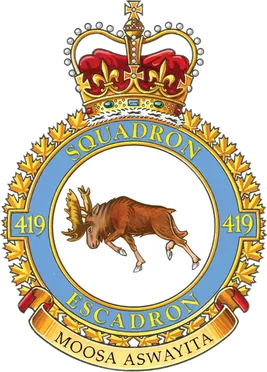
419 (Bomber) Squadron formed at RAF Mildenhall, Suffolk, UK in 1941 as part of No 3 Group of Bomber Command. It got its name from its first commanding officer, Wing Commander John "Moose" Fulton, DSO, DFC, AFC. The squadron operated Vickers Wellington, then Handley Page Halifax and finally Avro Lancaster bombers through the course of WWII, with the squadron code letters VR. It was the third RCAF bomber unit to be formed in England. It started operations in January 1942, converting almost immediately from Wellington Mk ICs to Wellington Mk IIIs and then moving north to Leeming, Yorkshire, as part of 4 Group Bomber Command in August 1942. After short stays at Topcliffe and Croft , it moved to Middleton St. George, County Durham in November 1942, from which it flew until the end of hostilities. Here in November 1942 it was re-equipped with Halifax Mk IIs, which it flew for the next 18 months on the night offensive against Germany. In January 1943 it joined the newly formed 6 (RCAF) Group of Bomber Command.
In April 1944 the squadron began to convert to the Avro Lancaster Mk X, which was produced in Canada and flown across the Atlantic. The squadron remained continuously on the offensive until 25 April 1945, when it flew its last sortie. Squadron personnel flew a total of 4,325 operational sorties during the war from Mannheim to Nuremberg, Milan to Berlin and Munich to Hanover, inflicting heavy damage on the enemy. On completion of the war in Germany, the squadron was earmarked to become part of the proposed "Tiger Force" to continue the war against Japan. However, the Japanese surrender in August 1945 led to the disbandment of the squadron in at Yarmouth, Nova Scotia September 1945.
As a result of its wartime record, 419 Squadron became one of the most decorated units under the RCAF during the war. Over a span of roughly three-and-a-quarter years it logged 400 operational missions (342 bombing missions, 53 mining excursions, 3 leaflet raids and 1 "spoof") involving 4,325 sorties. A total of one hundred and twenty nine aircraft were lost on these operations. Members of the squadron accumulated 1 VC, 4 DSO's, 1 MC, 150 DFC's, 3 bars to DFC, 1 CGM, 35 DFM's: the VC was awarded posthumously to Flight Sergeant Andrew Mynarski for his attempts to help a fellow crew member escape from their burning aircraft. Battle Honours were: English Channel and North Sea 1942-44, Baltic 1942-44, Fortress Europe 1942-44, France and Germany 1944-45, Biscay Ports 1942-44, Ruhr 1942-45, Berlin 1943-44, German Ports 1942-45, Normandy 1944, Rhine, Biscay 1942; 1944. Wikipedia, Kostenuk and Griffin
 Squadron History (Bomber Command Museum)
Squadron History (Bomber Command Museum)
Maps for Movements of 419 Squadron 1941-45
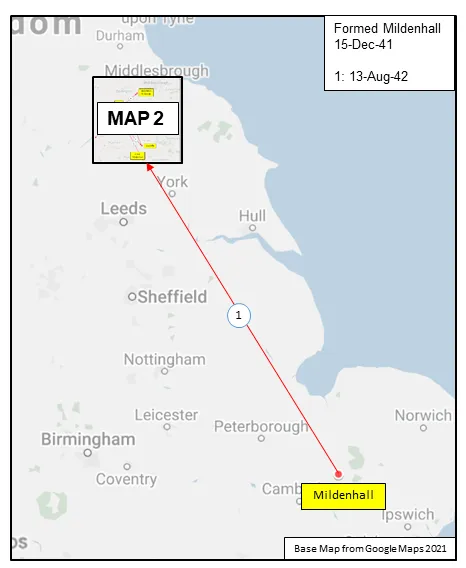 MAP 1: 419 Squadron Movements Dec 1941-Aug-42 (right-click on image to display enlarged new tab) | 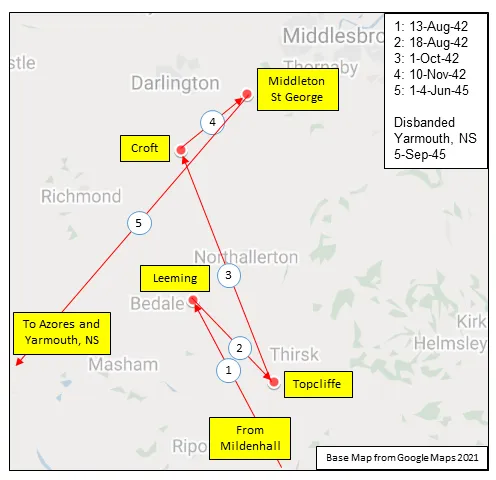 MAP 2: 419 Squadron Movements Aug 1942-Jun 1945 | 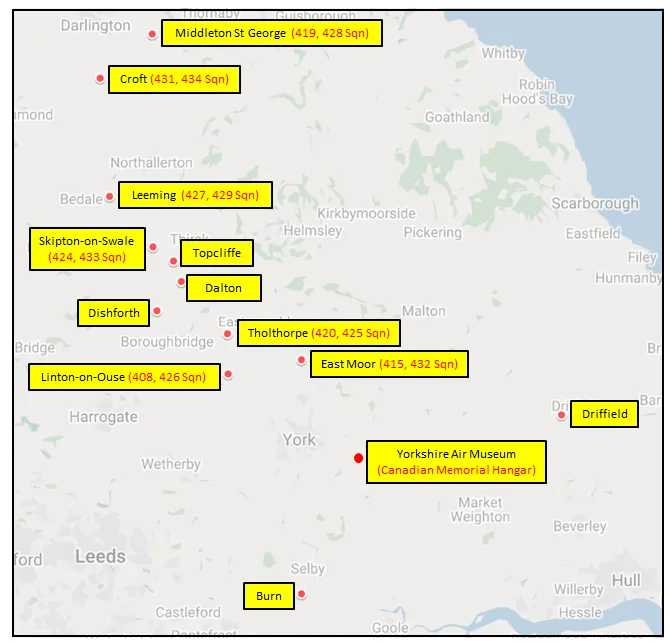 MAP 3: 6 Group Bomber Bases 1943-1945 |
419 Squadron History Summary 1941-45
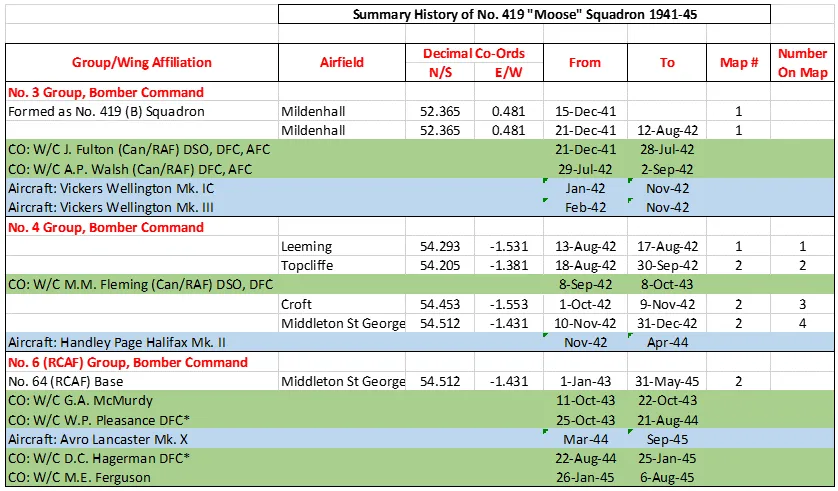
419 Squadron History Summary 1941-45 Page 2

History of the Squadron Post-WWII (Aircraft: Canuck, Silver Star, Freedom Fighter, Hornet)
The squadron was reactivated on 15 March 1954 at North Bay, Ontario , as an all-weather fighter squadron flying the CF-100 Canuck. It moved to the NATO Air Division base at Baden-Soellingen, Germany shortly after being formed. The squadron remained there until its disbandment in December 1962.
The squadron was again re-formed in December 1970, when it relocated to Cold Lake, Alberta as No. 1 Canadian Forces Flight Training School. It initially flew the T-33 Silver Star but then transitioned to the Canadair CF-5 Freedom Fighter. The squadron was on full active duty in November 1975 but disbanded again 20 years later when the CF-5’s were retired in June 1995.
The squadron was again reactivated as 419 Tactical Fighter (Training) Squadron on 23 July 2000. The squadron has since conducted Phase IV of the NATO Flying Training Canada (NFTC) program for the air forces of Canada, Austria, Denmark, Italy, Hungary, Saudi Arabia, Singapore, the United Arab Emirates and the United Kingdom. This program trains basic jet pilots to become fighter pilots and prepares them for training on CF-188 class aircraft through instruction in Air-to-Air and Air-to-Ground combat tactics over a six month period.
 Daily Operations 6bombergroup.ca
Daily Operations 6bombergroup.ca Commonwealth War Graves Commission
Commonwealth War Graves Commission www.findagrave.com
www.findagrave.com Library and Archives Canada Service Files (may not exist)
Library and Archives Canada Service Files (may not exist)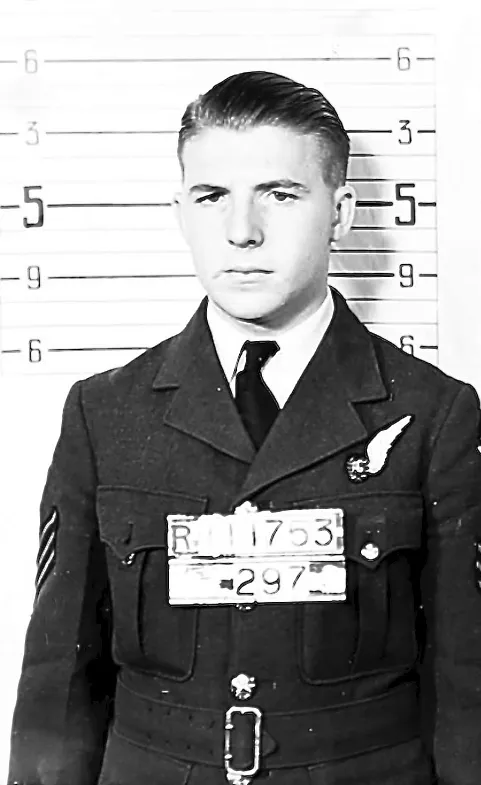

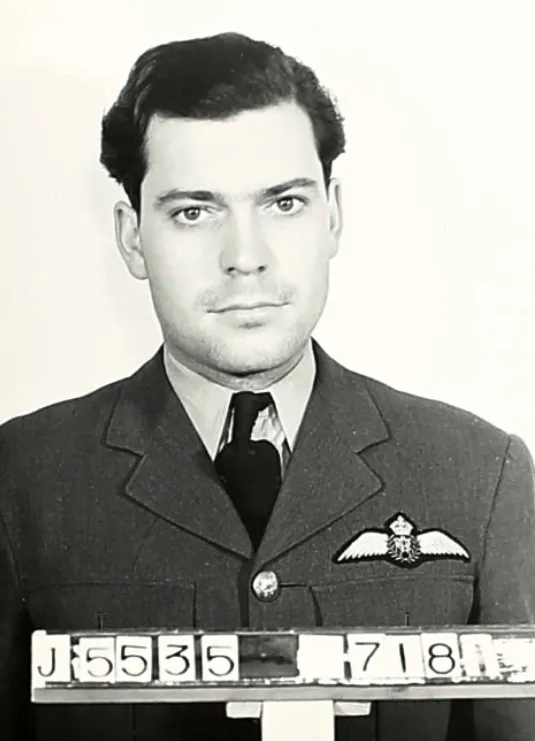

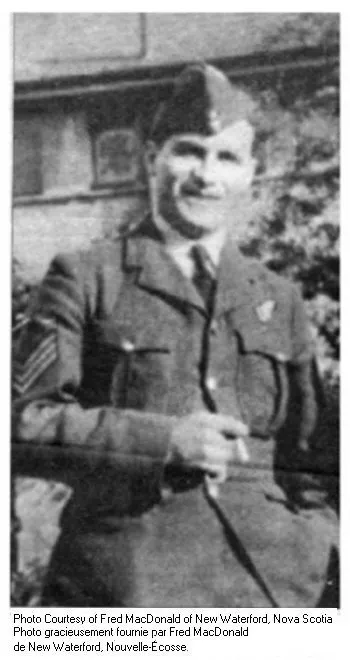
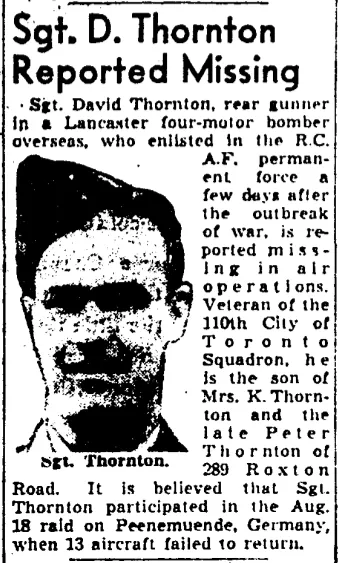

 Halifax Heavy Bomber WWII
Halifax Heavy Bomber WWII Wikipedia Halifax Bomber
Wikipedia Halifax Bomber